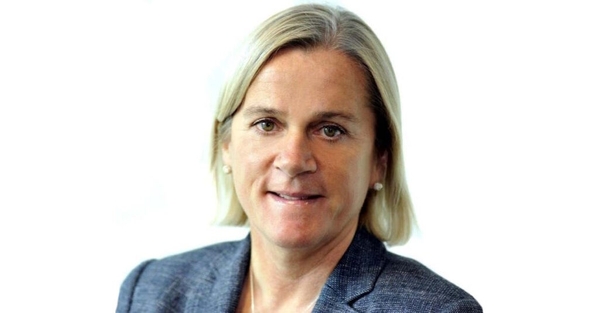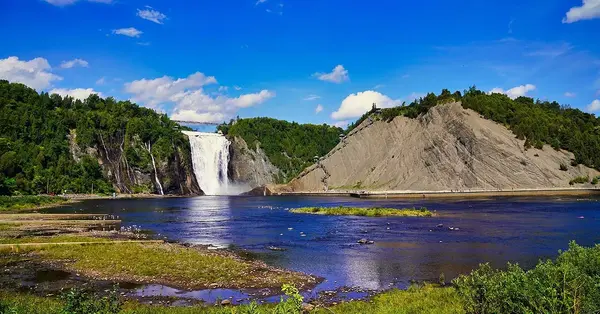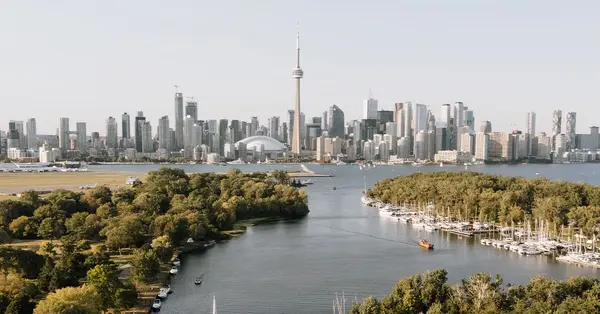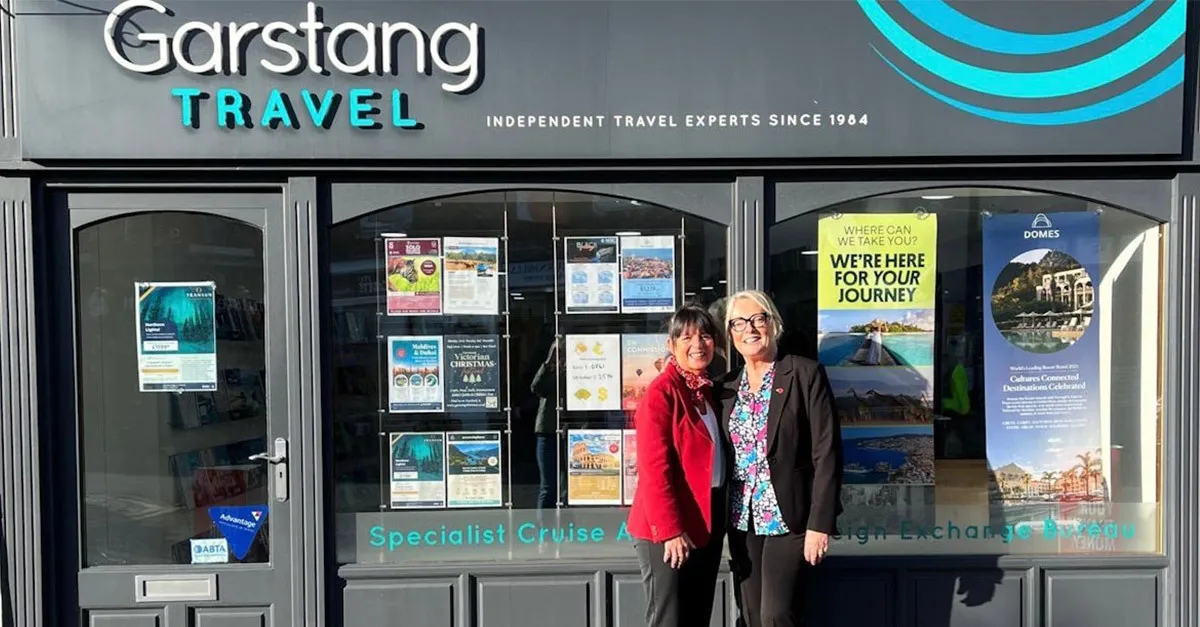You are viewing 1 of your 2 free articles
Spain reports shoulder season growth as peak ‘flattens’
Spain is beginning to see success with its strategies to tackle overtourism, as more UK visitors are coming during shoulder seasons, while the peaks are flattening.
Manuel Butler, UK director at the Spanish Tourist Office, said: “The shoulder season is growing in the first quarter of the year. The peak months, the high season, is flattening. That is good news.”
Figures from the tourist board show about 1.6 million UK arrivals in April, compared to about 1.4 million in April last year, and in April 2019. Numbers for January, February and March are also up year on year, and compared to 2019.
“While we want to reassure you that British visitors remain welcome in Spain, chasing volume is no longer a priority,” said Butler.
“Our focus is on moving our tourism model towards a responsible and sustainable one which will benefit our citizens and our visitors.”
He noted the UK remains Spain’s number-one holiday market, adding: “We cherish our special relationship with the UK.”
Speaking on a media webinar, he said the tourist board is also encouraging visitors to discover all the regions of Spain and stay longer.
“That’s very important: travel out of the high season,” he told a media webinar.
“We are very proud to partner with many B Corp tour operators and hotel companies [and] to promote our fantastic high-speed train network and slower, more in-depth exploration of Spain.”
More: Visit Barcelona chief criticises ‘sad’ overtourism protests
Spanish tourism leaders say UK visitors remain ‘priority’
Leading Spanish destinations confirm intentions to cap visitor numbers
The most popular destinations – the Canaries, Balearics, the Valencian region, Catalonia and Andalusia – attract 75-80% of UK visitors.
However, less well-known regions such as La Rioja, for example, welcomed just 10,000 British tourists in 2023 – 0.06% of the total – while Marina Lucense, a coastal area in northern Spain, saw only 1,800 Brits in 2023.
Butler said the message is being spread via events focused on sustainability, such as Spain Talks, which took place for the third time in April, and a forum in May with the eight mayors of Spain’s most visited areas.
The UK trade is also playing its part, with Abta’s Travel Conference in Majorca (October 6-8) and Aito’s conference in Asturias (November 27-30) set to update agents and operators about responsible and sustainable initiatives.
Butler said the Spain Specialist Programme, which trains travel agents, is being revamped. A new version will launch by the end of 2025 with chapters on accessibility and sustainability.
His deputy director, Pedro Medina, highlighted how the tourist board takes part in UK trade events for agents, such as recent meetings in Belfast and a Tenerife roadshow in several cities this week.
Medina also said the Spain for All campaign – launched more than a year ago – has been making progress on accessibility and diversity.
The fourth session of its advisory board took place recently in Seville, “which has made remarkable strides toward improving accessibility”, he noted.
Tour operators are developing new itineraries to offer activities and cultural experiences in less well-known regions, such as Headwater’s Extremadura cycling trip and Pura Aventura, which is has its first multi-generational family adventure to the Spanish Pyrenees, offering hiking, canyoning and e-biking.
Furthermore, the tourist board is highlighting cultural events for 2025 which offer opportunities to explore, such as a 150-metre mural by renowned Spanish artist Okuda San Miguel in Ibiza; the 50th anniversary of the Joan Miro Foundation in Barcelona; and the 1,000th anniversary of the abbey of Montserrat in Catalunya.
Next year will see Barcelona commemorate the 100th anniversary of the death of designer and architect Antoni Gaudi and the completion of La Sagrada Familia.
Valencia will host the Gay Games (June 27-July 4, 2026) and the total solar eclipse on August 12, 2026, will be seen across northern Spain.
Pictured: Monastery of San Millán de Yuso y Suso in La Rioja: one of the least visited Unesco World Heritage sites in Spain. By Shutterstock/Richard Semik


















